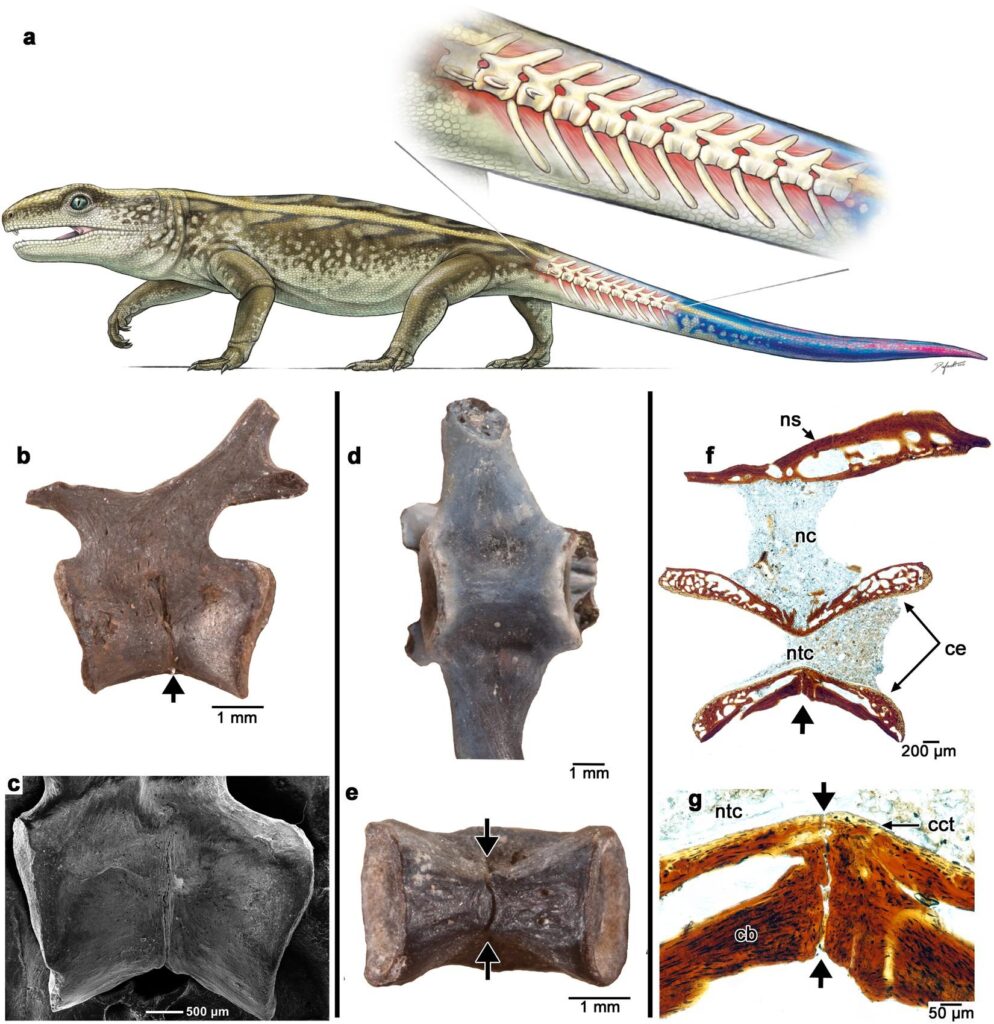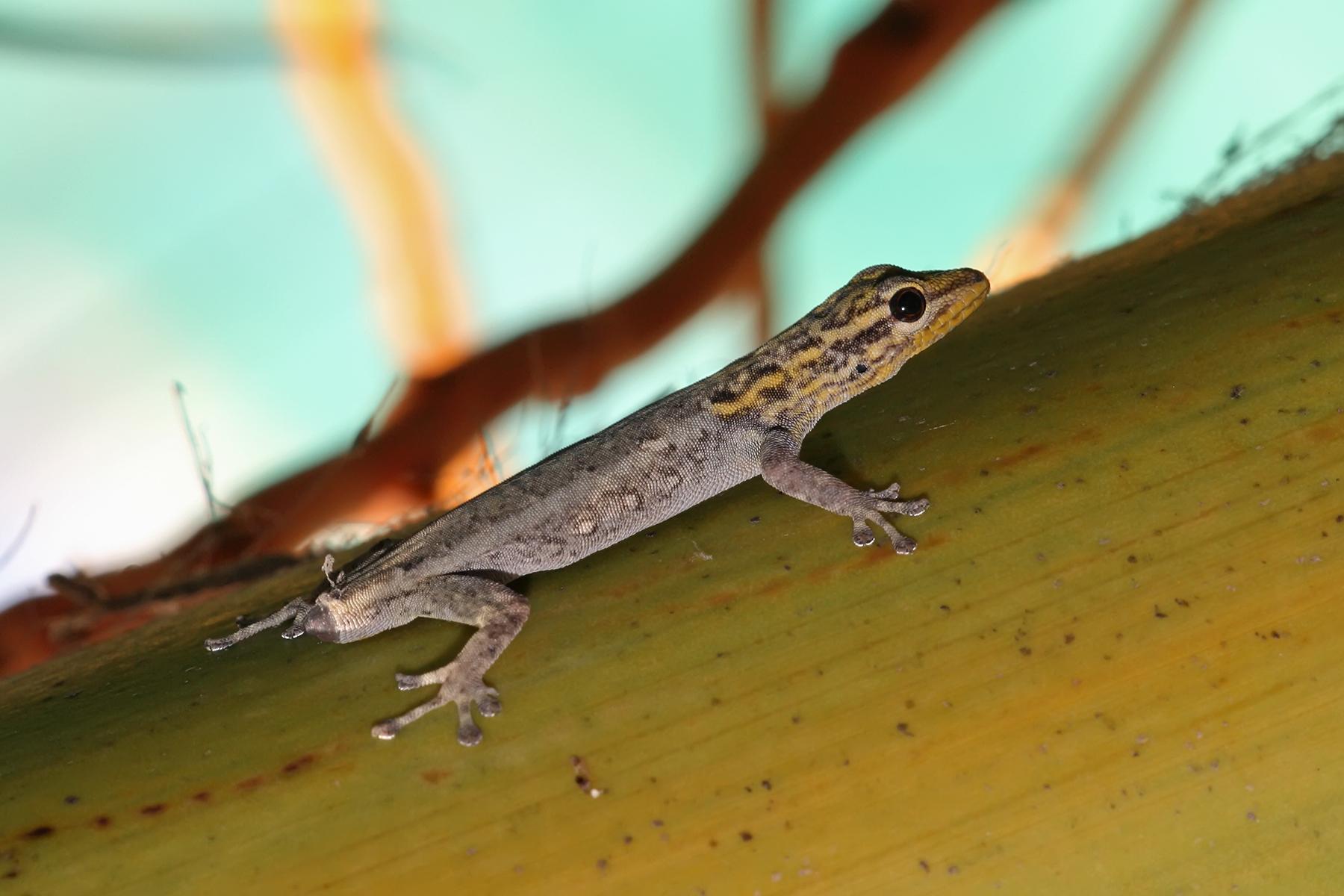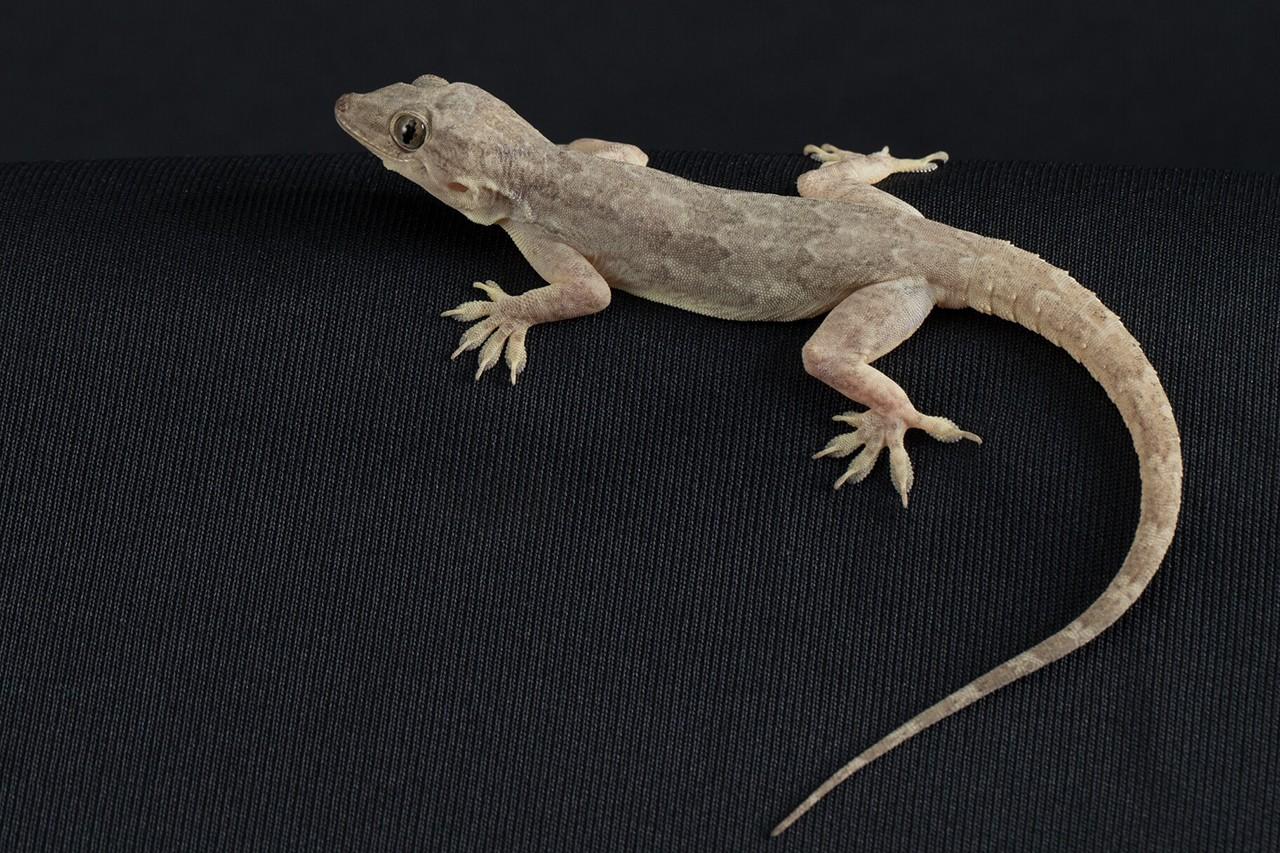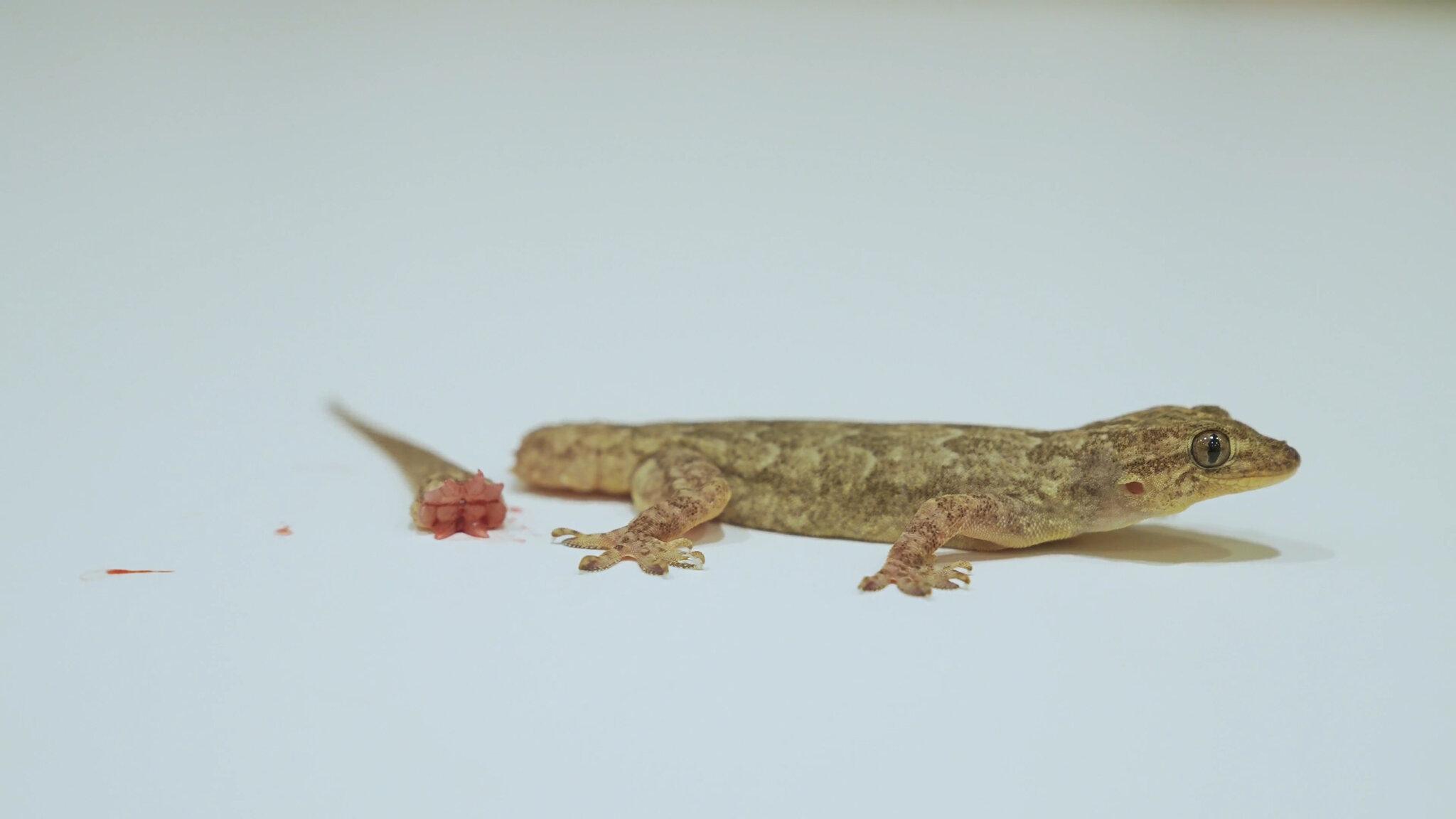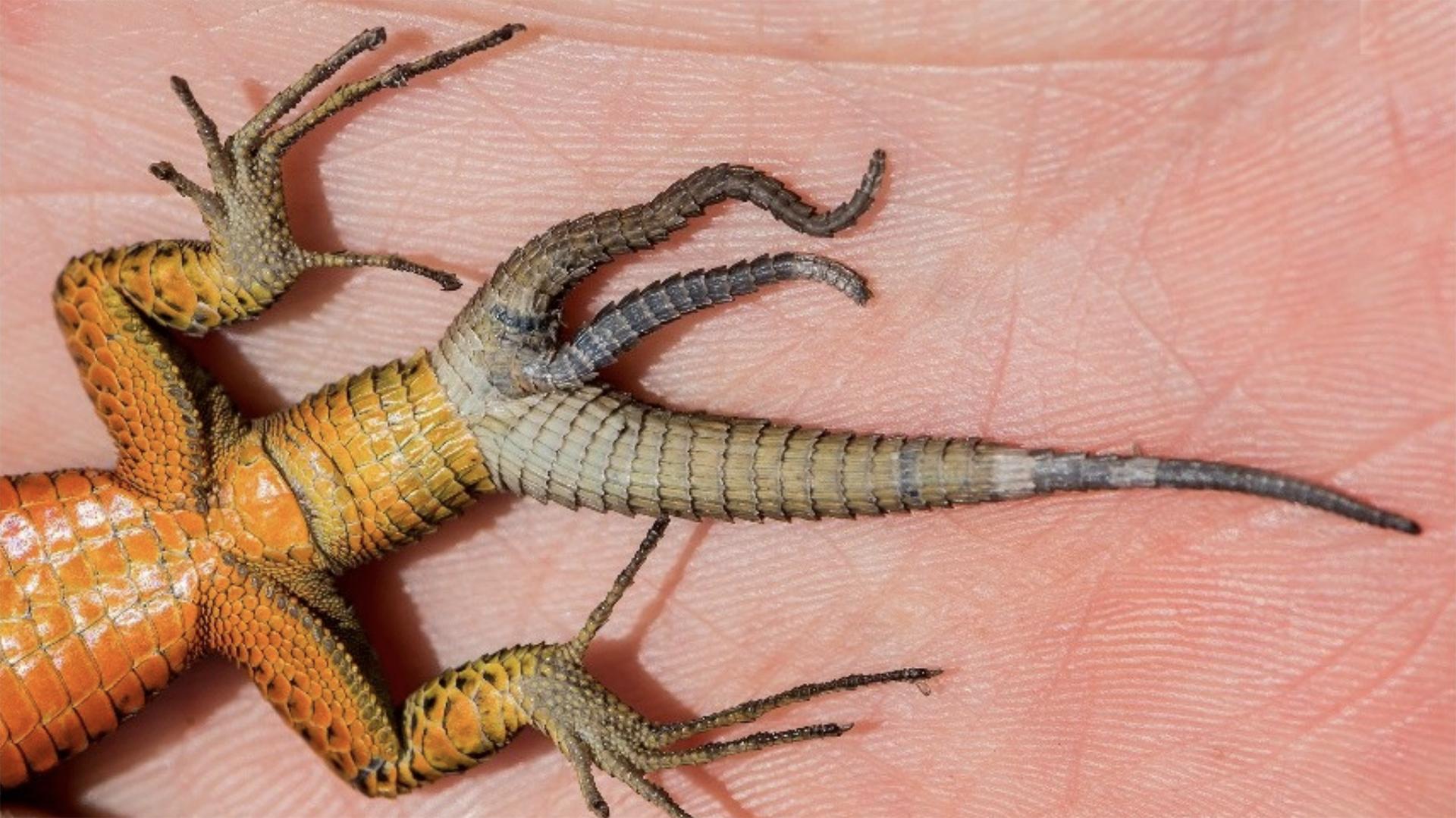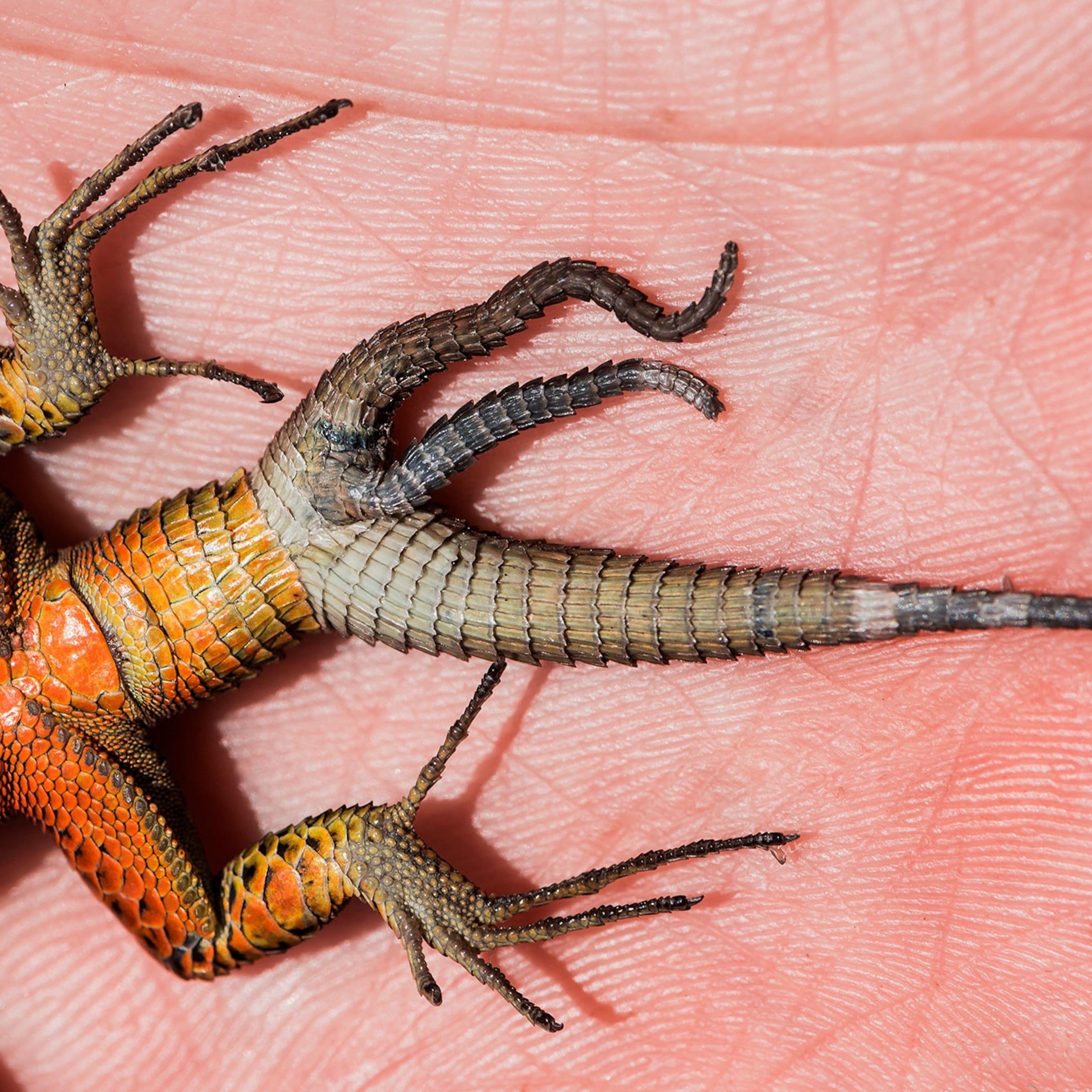Title: The Curious Case of the Lizard’s Tail: A Glimpse into Nature’s Remarkable Survival Tricks
Have you ever spotted a lizard scurrying across a sun-drenched rock, only to be captivated as it abruptly sheds its tail? If you’ve wondered, “Why does a lizard’s tail fall off?” you’re not alone! This fascinating phenomenon isn’t just a quirky party trick; it’s a survival strategy honed by nature over millions of years. In this article, we’ll dive into the world of lizards to unravel the science behind this astonishing ability, exploring the reasons for tail loss and the clever ways these resilient reptiles adapt to their surroundings. So, grab your sun hats and prepare to be amazed by the secrets of the lizard’s tail—nature’s little magician!
Table of Contents
- Understanding the Fascinating World of Lizard Autotomy
- The Science Behind Tail Shedding: Natures Clever Trick
- The Role of a Lizards Tail: More than Just a Cute Accessory
- What Triggers a Lizard to Drop Its Tail?
- Healing and Regeneration: How Lizards Bounce Back
- Tips for Lizard Owners: Creating a Safe Environment to Minimize Stress
- Q&A
- Final Thoughts
Understanding the Fascinating World of Lizard Autotomy
The phenomenon of lizard tail loss, commonly referred to as autotomy, is a remarkable survival strategy observed in various lizard species. Understanding why does a lizard’s tail fall off begins with recognizing the evolutionary benefits of this ability. When threatened by predators, many lizards can intentionally detach their tail, which continues to wiggle and distract the attacker. This clever tactic provides the lizard with a vital opportunity to escape and evade capture. Notably, the regenerated tail is not an exact replica of the original, often differing in texture, color, and structure, giving scientists insights into the complex biological processes involved in regeneration.
Additionally, the reasons behind this fascinating defensive mechanism extend beyond mere escape. The tail is a crucial appendage for locomotion, balance, and communication in lizards. However, in times of danger, the cost of losing this functionality becomes negligible compared to the potential loss of life. Understanding why does a lizard’s tail fall off highlights the intricate balance between risk and survival in the wild. Research has shown that certain species are more adept at this process than others, indicating an evolutionary adaptation that enhances their chances of survival. For further reading on this captivating subject, check out Autotomy and Regeneration in Lizards and Lizard Autotomy: An Evolutionary Explanation.
The Science Behind Tail Shedding: Natures Clever Trick
To understand why does a lizard’s tail fall off, we first need to explore the fascinating evolutionary mechanism known as autotomy. This biological strategy allows lizards to detach their tails when threatened by predators. The choice to lose a tail may seem galling, but for many lizard species, it serves a crucial purpose; the tail can continue moving and distracting the predator, giving the lizard precious moments to escape. It’s a remarkable demonstration of survival instinct, showcasing nature’s artistry in providing its creatures with potent escape tools.
The regenerative capacity of lizards adds another layer of intrigue to why does a lizard’s tail fall off. After shedding its tail, a lizard can regrow it over time, although the new tail often has differences compared to the original, in structure and sometimes coloration. The regeneration process involves complex biological systems involving stem cells, growth factors, and even neural regeneration. Studies show that in some species, the new tails may not fully replicate the original’s functionality, suggesting that while lizards have adapted effectively to losing their tails, it’s always a trade-off. For a deep dive into the science of tail autotomy, refer to this informative article that breaks down the underlying biology in detail.
The Role of a Lizards Tail: More than Just a Cute Accessory
The fascinating mechanism behind a lizard’s tail is much more than a mere decoration; its functionalities are essential for survival. One common question is, why does a lizard’s tail fall off? This intriguing process, known as autotomy, serves as a defense strategy against predators. When threatened, a lizard can shed its tail, allowing it to escape while the detached tail continues to wriggle and distract the attacker. The ability to self-amputate can be a life-saving tactic, providing the lizard a chance to flee and survive another day.
Beyond survival, a lizard’s tail plays several critical roles in their everyday lives. For instance, it helps with balance and agility, particularly during climbing or quick movements. Additionally, tails can serve as fat storage, providing energy during lean times. When pondering why does a lizard’s tail fall off, it’s also essential to recognize that many species can regenerate their tails over time. This regeneration process, while incredible, comes with trade-offs, such as the new tail being structurally different and potentially less functional than the original. For a deeper understanding of this phenomenon, check out Science Daily’s insights on lizard tail regeneration and explore some incredible visualizations through National Geographic’s detailed articles.
What Triggers a Lizard to Drop Its Tail?
The phenomenon of a lizard dropping its tail is a fascinating survival tactic primarily triggered by stress or danger. When threatened by predators, these reptiles can initiate a process called autotomy, which allows them to detach their tail. This remarkable ability has evolved over time as a defense mechanism, enabling lizards to escape while leaving part of their body behind. Factors that typically induce this response include looming threats, such as the presence of larger animals, or sudden movement, which can catch a lizard off guard. Additionally, some species may drop their tails when handled by humans or frightened in captivity. Understanding the reasons behind this behavior helps us appreciate just how intricate and adaptive these creatures truly are.
After lizards lose their tails, a surprisingly complex regeneration process begins. While the new tail may not resemble the original one – often missing vertebrae and containing a cartilaginous rod instead – it serves its purpose of providing the lizard with some degree of functionality and support. Over time, as new tissues grow, lizards undergo significant physiological changes. Many experts believe the reasons behind this regeneration are multifaceted, tied to environmental factors and species-specific traits. If you want to dig deeper into why does a lizard’s tail fall off and its regeneration, you can refer to this study on lizard tail loss or explore insights from Science Daily.
Healing and Regeneration: How Lizards Bounce Back
When you observe a lizard, you might wonder, why does a lizard’s tail fall off? This fascinating ability, known as autotomy, serves as a survival mechanism. When threatened by predators, lizards can voluntarily shed their tails, creating a distraction that allows them to escape. The detached tail continues to wriggle and move, drawing the predator’s attention away from the lizard itself. This remarkable adaptation has evolved over millions of years, enabling lizards to evade danger and increase their chances of survival in the wild. Understanding the reasons behind this behavior can shed light on the incredible resilience of these reptiles in their natural habitat.
After losing its tail, a lizard doesn’t just leave the scene—it starts a remarkable regeneration process. The question remains, why does a lizard’s tail fall off? The answer lies in the lizard’s remarkable regenerative capabilities. Within weeks, the lizard begins to regrow its tail, although the new appendage may differ from the original in structure and appearance. Instead of bone, the regenerated tail is often a cartilaginous rod surrounded by skin, which can still assist in balance and movement. The regenerative process involves a complex series of cellular and biochemical events that allow the lizard to repair itself, showcasing nature’s ingenuity in sustaining life. For those curious about the science behind this phenomenon, you can read more about it in this scientific study and explore various species in detail through National Geographic’s resources.
| Key Features of Lizard Tail Autotomy | Regeneration Process |
|---|---|
| Self-defense Mechanism | New Growth Initiation |
| Occurs when threatened | Begins shortly after loss |
| Distracts predators | Can take weeks to months |
| Detachable tail | Cartilaginous structure forms |
| Variable success rate | May differ in appearance |
Ultimately, the question of why does a lizard’s tail fall off? reveals more than just a quirky survival trait; it highlights advanced biological strategies that enable recovery after trauma. This extraordinary balance between self-preservation and regeneration continues to inspire scientific research and offers a glimpse into the broader themes of resilience and adaptation in nature. Lizards are true masters of survival, showcasing just how life has evolved to respond to challenges, and their ability to regenerate is a testament to their enduring adaptability.
Tips for Lizard Owners: Creating a Safe Environment to Minimize Stress
One of the key factors in ensuring your lizard remains happy and healthy is creating a comfortable living space. Why does a lizard’s tail fall off? Stress is one of the primary reasons behind this phenomenon. To minimize stress in your lizard’s environment, it’s essential to focus on these elements:
- Temperature Regulation: Maintain a proper temperature gradient in the tank. Lizards are ectothermic and require specific temperatures to thrive.
- Appropriate Humidity Levels: Ensure that humidity levels are suitable for your lizard’s species, helping them to hydrate properly.
- Hiding Spots: Provide various hiding spots like caves, plants, or rocks, which will give your lizard a sense of security.
Adding enrichment to your lizard’s habitat is also vital. A stimulating environment can prevent stress, which is a common answer to why does a lizard’s tail fall off. Consider incorporating:
- Climbing Structures: Branches or logs to mimic their natural habitat.
- Substrate Choice: Use substrates that are not only safe but also allow for natural digging behaviors.
- Regular Handling: Gradually getting your lizard accustomed to handling can reduce stress levels over time.
| Common Causes | Stress Indicators |
|---|---|
| Improper Temperature | Hiding excessively |
| Lack of Hiding Spots | Erratic movement |
| Inadequate Humidity | Refusal to eat |
As you continue to explore the reasons why does a lizard’s tail fall off, remember that a stress-free environment is not only beneficial for their well-being but also crucial for their overall health. For more detailed insights, visit Reptiles Magazine or consult Serpents Whisper for expert advice on lizard care.
Q&A
Q&A: Why Does a Lizard’s Tail Fall Off?
Q: What’s the deal with lizard tails? Why do they fall off?
A: Ah, the curious tale of the lizard’s tail! It’s all about survival. When a lizard feels threatened by a predator—like a hungry bird or a sneaky cat—the little critter can flick its tail to distract the foe. That sudden tail detachment gives the lizard a head start to scurry away to safety. Think of it as a built-in escape plan!
Q: Yikes! Does it hurt when they lose their tail?
A: Thankfully, lizards don’t have the same kind of pain receptors in their tails as we do, which means they probably don’t feel much pain when they drop that tail. Instead, it’s more of a swift, instinctual move to ensure their survival, allowing them to live and wiggle another day!
Q: So, do lizards grow their tails back?
A: Absolutely! After a lizard loses its tail, it enters a regenerative phase. New tissue begins to form, and in a matter of weeks to months—depending on the species—a brand-new tail will start to sprout. However, it won’t be an exact replica of the original; the new tail may be shorter, often less colorful, and lacks the vertebrae of the original. Still, it’s a pretty impressive trick of nature!
Q: Are all lizards capable of shedding their tails?
A: Not all lizards can drop their tails! While many species—like the common green anole and the humble blue-tailed skink—are tail-droppers, others, like iguanas, tend to hang onto their tails more tightly. Every species has its own tricks and traits, keeping the world of lizards full of surprises!
Q: How does the tail help a lizard besides being a safety feature?
A: A lizard’s tail is like a Swiss Army knife! It helps them balance while climbing, serves as a fat storage unit, and can even be used for social signaling among lizards. When they’re feeling frisky, some lizards display their tails in colorful displays to attract mates. Multi-functional and stylish—what’s not to love?
Q: Is there anything we should keep in mind about lizards and their tails?
A: Definitely! If you’re caring for a pet lizard, don’t panic if it sheds its tail. It’s a regular part of their survival toolkit! Just ensure your pet has a calm environment, a proper diet, and plenty of places to hide—so they don’t feel threatened. And, of course, enjoy watching how they adapt and thrive even after a little tail adventure!
With all their fascinating tail tricks and survival strategies, lizards remind us that nature truly has its own way of keeping things interesting!
Final Thoughts
As we wrap up our exploration into the fascinating world of lizards, we hope to have shed some light on the intriguing phenomenon of why does a lizard’s tail fall off. This remarkable defense mechanism isn’t just a quirky fact; it’s a testament to the wonders of evolution and nature’s ingenuity.
Next time you spot a lizard scuttling away—perhaps with a wiggly, detached tail behind it—take a moment to appreciate the cleverness at play. These little creatures remind us that survival often requires quick thinking, and sometimes, sacrifices must be made for the greater good.
So, the next time you’re out and about, keep your eyes peeled for these resilient reptiles. Who knows? You might just witness their remarkable tails in action, or even cheer for their brave little escape! Until our next adventure, remember: in the great tapestry of life, every tail has a story—some just happen to be a little more wiggly than others!
